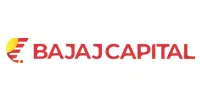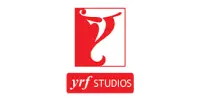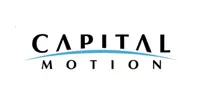Employee monitoring software refers to the tools or systems that allow employees to track and monitor various activities of their employees while they are working. Its main purpose is to enhance productivity, ensure security, and facilitate performance evaluation.
Employee monitoring software combines activity, communication, internet usage, and location tracking tools, along with performance evaluation features to provide comprehensive insights into employee actions and contributions, optimizing productivity while maintaining privacy and trust.
Types of Employee Monitoring Software
Employee monitoring software has increasingly become prevalent in modern workplaces, offering employers valuable insights into employee productivity, behavior, and compliance. These software solutions encompass a range of tools tailored to monitor various aspects of employee activity, communication, and performance. Understanding the different types of employee monitoring software can help organizations make informed decisions about selecting the most suitable solutions for their specific needs.
Hence these are categorized into several types, each serving a specific purpose within the workplace environment:
Activity monitoring software
This software tracks employees’ computer usage, including the applications they use, websites they visit, and time spent on each task. This provides employers with a detailed overview of how employees utilize their work hours.
Communication monitoring software
It captures and analyzes employee communications such as email, chats, and other digital interactions. It helps organizations ensure compliance with communication policies and identify potential security risks.
Internet usage tracking software
It monitors employees’ online activities, including websites visited and time spent online. This enables employers to enforce internet usage policies, prevent unauthorized access to sensitive information, and enhance cybersecurity.
Location Tracking Software
It is particularly relevant for remote or field-based employees. It enables employers to monitor the physical whereabouts of employees in real-time, facilitating resource allocation, ensuring accountability, and optimizing workflow efficiency.
Performance Evaluation Software
It provides tools for assessing and analyzing employee productivity, performance metrics, and goal attainment. It helps organizations identify top performers, recognize areas for improvement, and optimize workforce productivity.
What are the Future Trends in Employee Monitoring software?
Predicting future trends and innovations in employee monitoring software involves considering technological advancements, changing work environments, and evolving regulatory landscapes. Here are some potential future trends and innovations in this field:
AI and machine learning integration
Employee monitoring software may increasingly incorporate artificial intelligence (AI) and machine learning algorithms to analyze large volumes of data more efficiently. These technologies can help identify patterns, anomalies, and insights in employee behavior, leading to more accurate performance evaluations and actionable recommendations for improvement.
Integration with HR Systems
Employee monitoring software may increasingly integrate with other HR systems and tools, such as performance management platforms, learning management systems, and employee engagement surveys. This integration can streamline data sharing, enhance analytics capabilities, and provide a more holistic view of employee performance and development.
Augmented Reality (AR) and Virtual Reality (VR) Applications
In industries where physical presence is crucial, such as manufacturing or healthcare, employee monitoring software might leverage AR and VR technologies to provide real-time insights and support to workers. This could include remote assistance, training simulations, and performance monitoring in immersive environments.












